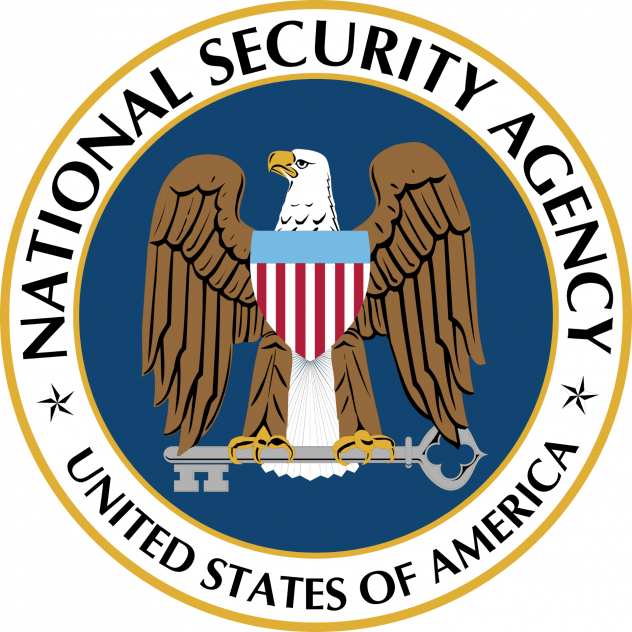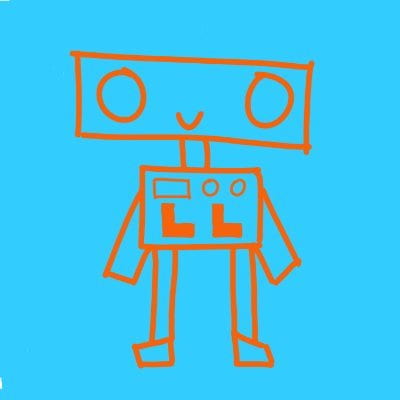Arun Eswara
Topics of Interest: Cybersecurity internships, Texas CSB, working within the National Security Agency, technology, programming, music apps
There’s a reason we say “What starts here changes the world” here at UT. Truly, anything big or small that starts here tends to have a major impact on the world. Take UT’s recent breakthrough research on the COVID vaccines as an example. Our students come here because they understand their time on the Forty Acres and Canfield BHP not only provides them with lifelong experiences, but with the opportunity to change the world. Within Canfield BHP, students experience a collaborative environment where they can work together to create the next big idea, incorporate the next market-disrupting start-up, develop a better production-boosting app, or establish the next world-saving NGO. Whatever the challenge, our tech-driven movers and shakers at the Texas Honors Computer Science and Business (Texas CSB) program are always up to the task, and that’s why they’re here – to change the world.
We recently caught up with Canfield BHP/Texas CSBer, Arun Eswara. He shared some interesting tidbits about his role as a Cybersecurity Intern at the NSA and talked to us about his latest project, which he co-developed, called LyricLearner, a music app that “chooses a random word to start, decides the next word based on a weighted probability of all words that have followed the first, and continues building forward” and computes average album sentiments, comparing those values over time.
Read on to learn more about Arun, his time interning at the NSA, and his latest project, LyricLearner.
Tell us about yourself, who is Arun Eswara?
I’m a rising sophomore in the computer science and Canfield Business Honors Program. I’m from Plano, Texas, and I went to Plano East Senior High School. I’m currently interning at the National Security Agency as a cybersecurity intern.

National Security Agency Logo
What was the process to get an internship at the NSA?
To apply for this position, I searched through the government’s online job board to find positions I was interested In. Since I had to receive top-secret and sensitive compartmented information clearance, I flew out to Maryland in the spring to undergo an agency special background investigation and full-scope polygraph. While the process was time-consuming, it reflects the agency’s commitment to fostering a secure work environment. This same level of security is reflected on-site, including having multiple secure networks and a ban on bringing personal electronics devices.
Tell us about your responsibilities.
I am a member of the team developing a Zero Trust Reference Architecture. ‘Zero Trust’ is a concept in cybersecurity that refers to a system that extends the minimum amount of trust possible to each user, rather than a perimeter-based system that grants full access after login. Such a system is more effective because if any user is compromised, only that user’s limited scope of access is viewable to the adversary. This project was created in response to the increase in cyberattacks over the past several years. This reference architecture will contain the guidance that models cybersecurity best practices for NSA customers, including other government organizations and private sector firms.
Within this team, I’ve been working in the physical infrastructure and network architecture division. My group is responsible for setting up the physical systems within the data center as well as logically connecting the network. For example, I helped set up a distributed firewall system that intercepts and reads network traffic to ensure it isn’t malicious. In addition, I’ve been working on developing extensible network policies using security automation tools. Working on a new network architecture requires abstractly considering how policy decisions may affect a larger system – for example, parsing network activity without over-exerting the system.
What have you gained from this internship and what are your takeaways?
This internship has helped me better appreciate the scope of government technology development. NSA customers extend throughout the private sector and the reference architecture and decisions made here will propagate throughout the technology community. Despite the common perspectives on government technology, the NSA leads the sector in innovation and has a strong culture of growth within. Not only have I grown in a technical sense, but I’ve been exposed to a wide breadth of cutting-edge technology that has influenced my career choices. My biggest takeaway from this program is an understanding of the sheer amount of technology and policy decisions that underpin our safety and security, both online and otherwise.
How can others take this path and what advice do you have for them?
Even for government positions, I believe that networking and fostering connections with others in your field plays a large role. I think this is especially understated during the internship. Reaching out to other offices exposed me to really interesting technology and missions I wouldn’t have encountered otherwise, as well as providing potential opportunities for future employment.
In addition, having relevant experience and tangible projects beforehand can be very helpful. Some of my previous personal projects have demonstrated my proficiency in network technology, which is part of how I got placed on this team at the NSA. It also provides a good basis to discuss in interviews or on the job, because working on your project can provide just as much experience and direct insight as an internship.
Finally, for the National Security Agency specifically, demonstrating specific interests and pertinent experience can help in the hiring process. Since some organizations within the agency use niche technology due to the scope of their mission, they often look for very specific knowledge or talents. Also, be ready to put up with an intensive (8+ months) security process, including interviews with your friends and submission of many personal documents.

LyricLearner Logo
You co-developed an app called LyricLearner, how did the idea start, and how does it work?
It’s a creative project. The co-creator and I, both enjoy hip hop as a genre, especially for the lyricism because I think it’s often an understated component. A lot of other music genres emphasize the sound but for rap, I think more so the lyrics and the meaning behind it is what is more suggestive. So we wanted to create a project that could give more insight into how the lyrics define the sound, as well as how the artist can convey his meaning through lyrics.
Essentially, LyricLearner first parses all the lyrics through Genius, which is a website that hosts lyrics for artists. From all the lyrics, you can create these chains of words that can emulate how the artist normally creates sentences. For example, if you pick a random word from all the artist lyrics ever made, and look at every possible word that’s ever followed that word before, you can create a probability distribution of what word is likely to follow each prior word and from that, you can continually generate new words that follow the probability pattern of the artist that weren’t necessarily made before.
Do you envision this having commercial applications in the future?
At this point, it’s just something that we were looking at for fun, to look at artists’ lyrics and make some new things. One thing that we’re looking at in the future and with potential commercial implications, is the idea of tracking artists’ sentiment over time. We’ve already done this on a few artists. Stanford and UT also have a natural language processing library that can be used to look at the artist’s lyrics, and then calculate the sentiment, which is how positive or negative the words are. From that, you can generate sentiments about entire albums or songs and generate deeper insights into the song and what it means. NLP or natural language processing is already used in other areas, like evaluating if reviews on Amazon, for example, are accurate or fake, or generating better insights into product reviews based on the language used. The same thing can be done with music, looking at the sentiment to determine more information and insights to drive better traffic, reach and a more relevant audience to your music or whatever form of lyrics or other language content you’re using.
An interesting fact about LyricLearner is that it found Lil Wayne’s lyric sentiment decreased as his music transitioned from bold punchlines to more introspective themes. To learn more about Arun’s project, LyricLearner, visit his website where you’ll read intriguing facts behind what makes LyricLearner…well, learn!


Great read!